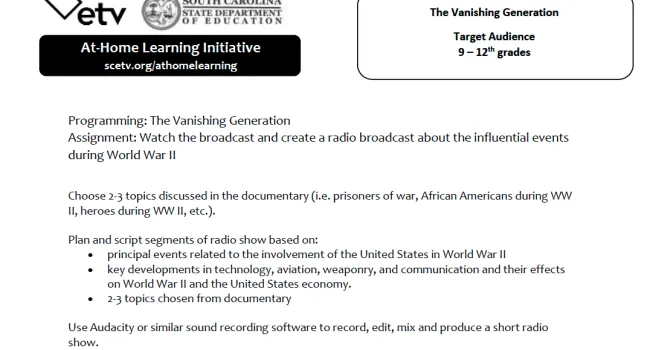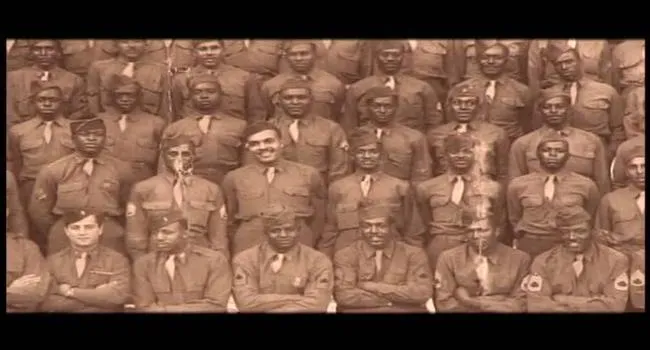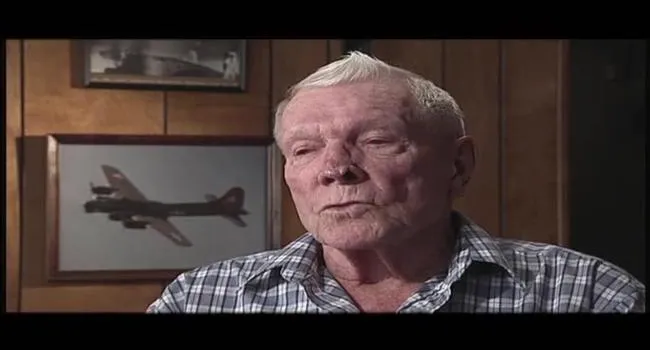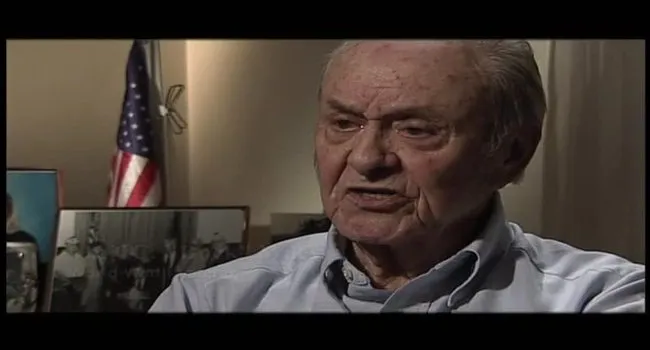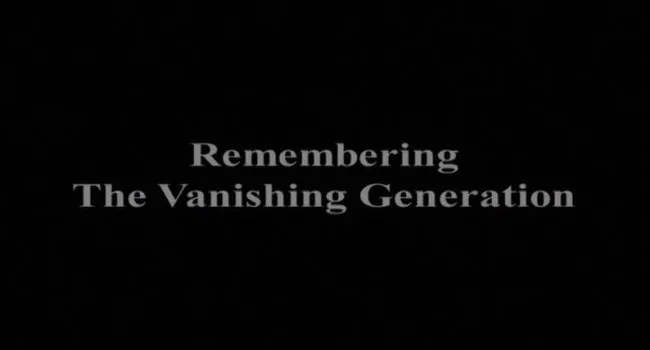Don Ziglar, U.S.S. Yorktown Quartermaster, recalls Japanese fighter planes coming toward the Yorktown. The captain was out on the wing of the bridge, at the starboard side. The bridge wasn't big. There were about 50 planes on the flight deck with the engines roaring, then the main batteries started firing, and more in front, on top and on the starboard side. He describes all the firing from all sides and says that the captain could not be heard. He wanted them to turn right. The captain started beating the quartermaster on the right arm, telling him to go that way. This went on for several hours, but none of it had ever been rehearsed. He refers to the aircraft carrier as being "a heavyweight boxer with a glass jaw" and says they were "just kids." Some of our airplanes would fail, and the Japanese would capture them and cut their heads off. He says, "What do you think that did to us? Made us tigers." He recounts the Japanese warships, battleships, cruisers, carriers, and planes that were destroyed, and says, "that was the bad news." The good news was that they took no prisoners.
Standards
- 5.3 Demonstrate an understanding of the economic, political, and social effects of World War II, the Holocaust, and their aftermath (i.e., 1930–1950) on the United States and South Carolina.
- 8.5.CO Compare South Carolina and U.S. wartime contributions and demobilization after World War II.
- USHC.4.E Utilize primary and secondary sources to analyze the impact of changes in American foreign policy, worldwide conflicts, and business cycles in capitalism.
Resources
You need to be logged in to listen to view this content. Create an account now; it's quick, easy, and free!
Log In to View